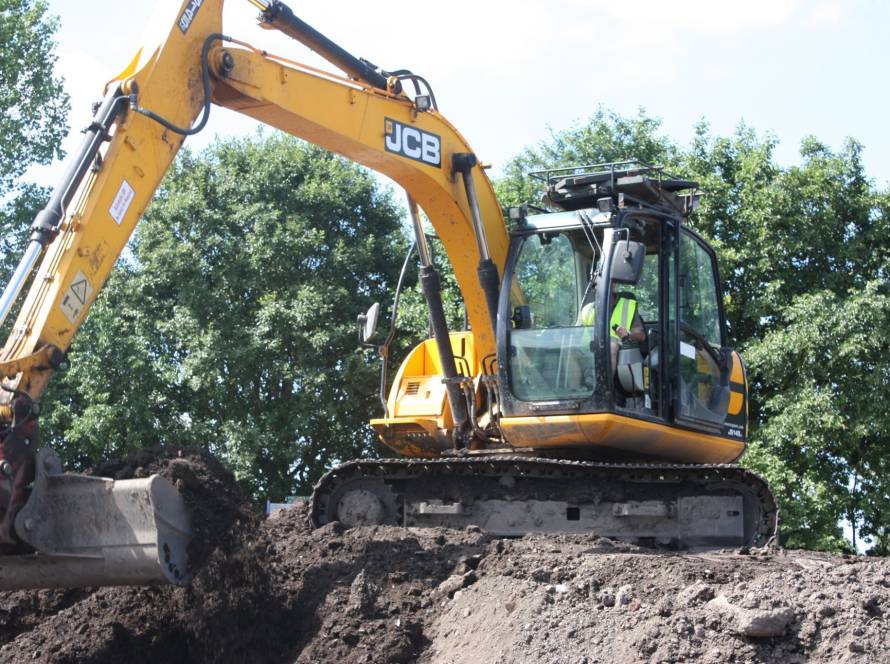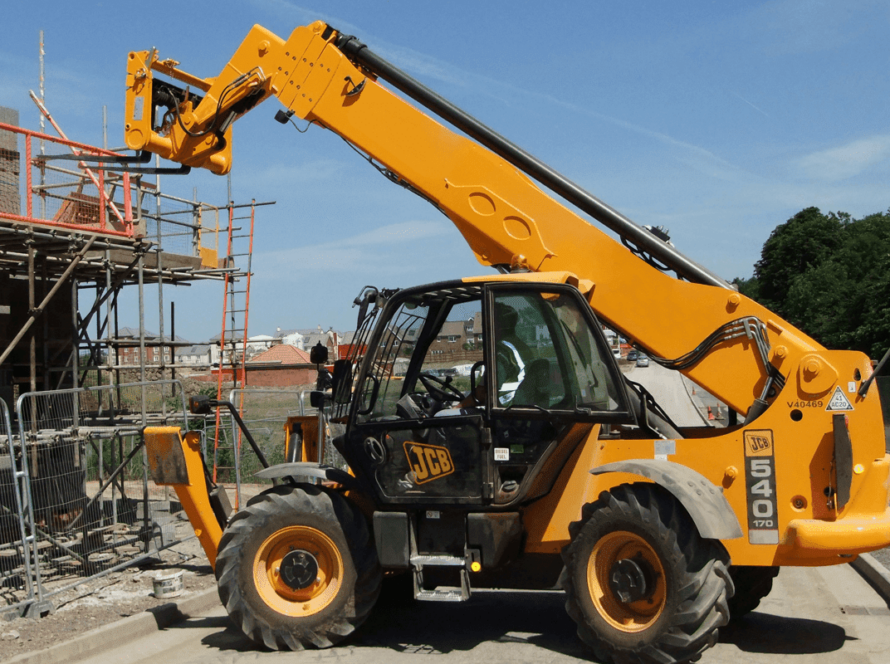A telehandler (also known as a telescopic handler) is a powerful machine commonly used in construction or agriculture. It is similar to a forklift but has a telescopic boom that can extend. It’s often fitted with different attachments and works better on uneven ground.
Because of its size and potential risk, operating a telehandler requires proper certification under regulations.
Licence vs certification: what’s required?
| Scenario | Requirement | Additional Notes |
|---|---|---|
| Operating on a worksite (construction, agriculture) | Certification via a recognised training scheme | You do not need a driving licence for on-site operation. (SB Skills Solutions) |
| Operating on public roads | A valid driving licence (usually Category B) + vehicle registration, insurance | The telehandler must be registered and taxed; fork arms or attachments should be removed or secured. (SB Skills Solutions) |
What licence is required for a telescopic handler?
- For site-only operation, a driving licence is not required. What is needed is proof of competence through an accredited training course.
- For road use, you will need a valid driving licence (typically Category B, which is the standard car licence) as well as registration and insurance for the vehicle.
- The telehandler must also be properly registered. If used in agriculture, it should be registered as an agricultural vehicle; for construction, as a commercial vehicle.
.
Age limits based on vehicle weight (road use)
- Up to 3.5 tonnes: you can drive from 17 years old
- From 3.5 tonnes to 7.5 tonnes: minimum 18 years old
- Over 7.5 tonnes: minimum 21 years old
How to get the required licence / certification
- To drive on the road: obtain a full driving licence by passing both a theory test and a practical test via the DVLA.
- To operate on-site: complete an accredited telesopic handler training course—for example, the NPORS telesopic handler training offered by SB Skills.
- Courses include both theoretical and practical training to ensure safe operation.
Rules when driving a telehandler on public roads
When you do need to drive a telehandler on a road, follow these safety rules:
- Never carry a load while driving on the road.
- Remove or secure all lifting equipment and attachments.
- Fold back or remove fork arms and ensure they are secured.
- Comply with all Highway Code rules.
- Equip the telehandler with appropriate lighting for road use.
- If travelling under 25 mph on an unrestricted dual carriageway, use a flashing beacon.
For further help or advice with training, certification, or licences for operating and driving a telescopic handler, don’t hesitate to get in touch with our team here at SB Skills Solutions by calling us on 01695 558 420 and we’ll be happy to help.



